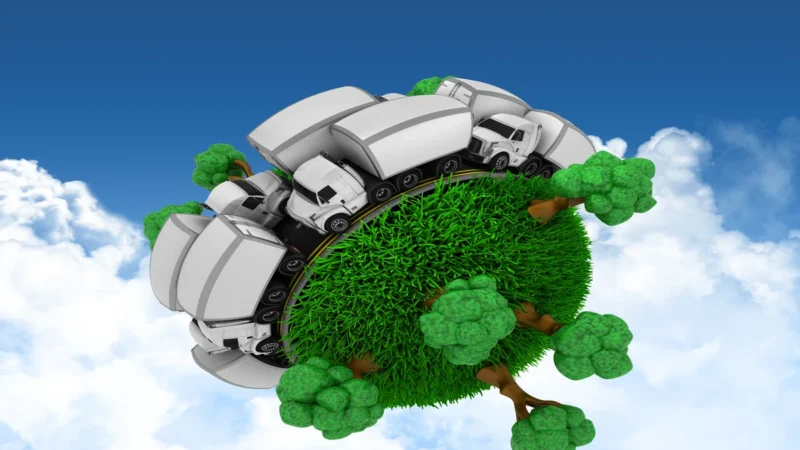Green Revolution: Transforming Agriculture for a Sustainable Future

The Green Revolution stands as a monumental milestone in agricultural history, having significantly impacted global food production and alleviating hunger in many parts of the world. Initiated in the mid-20th century, this movement introduced innovative agricultural practices and technologies that revolutionized farming systems. In this article, we will explore the benefits of the Green Revolution, examining its profound effects on crop yields, food security, rural development, and environmental sustainability.
I. Increased Crop Yields and Production:
The Green Revolution brought about a significant increase in crop yields, addressing the challenge of feeding a rapidly growing global population. By embracing improved seed varieties, fertilizers, and irrigation techniques, farmers were able to enhance their productivity. The adoption of high-yielding crop varieties, such as the dwarf wheat and rice, led to substantial increases in grain production, ensuring food availability and reducing dependence on imports.
II. Improved Food Security:
One of the primary goals of the Green Revolution was to achieve food security by increasing agricultural productivity. By expanding the use of modern agricultural technologies, farmers were able to produce surplus crops. This surplus not only fed the growing population but also created reserves for times of drought, famine, or other crises. Food security improved at the national and global levels, reducing the vulnerability of communities to hunger and malnutrition.
III. Rural Development and Poverty Alleviation:
The Green Revolution played a pivotal role in rural development by transforming traditional farming systems into more efficient and profitable ones. The adoption of modern agricultural techniques empowered farmers with higher incomes and improved living standards. Increased productivity resulted in economic growth, job creation, and reduced rural-urban migration. Furthermore, access to credit, education, and training opportunities expanded, leading to enhanced livelihoods and poverty alleviation.
IV. Technological Innovation and Knowledge Transfer:
The Green Revolution sparked a wave of technological innovation and knowledge transfer in the agricultural sector. Researchers developed new crop varieties that were disease-resistant, drought-tolerant, and adapted to different agro-climatic conditions. Additionally, the movement facilitated the establishment of agricultural research institutions, extension services, and farmer training programs. These initiatives fostered a culture of continuous learning, enabling farmers to adapt to changing environments and adopt sustainable farming practices.
V. Environmental Sustainability:
While the Green Revolution brought numerous benefits, it also raised concerns about its environmental impact. However, ongoing efforts have been made to address these challenges and promote sustainable agriculture. Innovations such as precision farming, integrated pest management, and organic farming techniques have gained prominence, minimizing the use of chemical inputs and reducing the environmental footprint of agriculture. The integration of modern technologies with sustainable practices ensures a balance between agricultural productivity and environmental stewardship.
Key Takeaways:
The Green Revolution’s far-reaching benefits encompass increased crop yields, improved food security, rural development, technological innovation, and environmental sustainability. By embracing the advancements brought forth by this movement, we can lay the foundation for a sustainable and prosperous agricultural future, ensuring food security, economic growth, and environmental preservation for generations to come.
FAQs about Green Revolution
Q: What is the Green Revolution?
A: The Green Revolution refers to a period of significant advancements in agriculture that aimed to increase crop yields and address food security issues through the adoption of modern farming practices and technologies.
Q: How did the Green Revolution increase crop yields?
A: The Green Revolution achieved increased crop yields through the introduction of improved seed varieties, fertilizers, and irrigation techniques, which enhanced productivity and allowed farmers to produce more food.
Q: Did the Green Revolution improve food security?
A: Yes, the Green Revolution significantly improved food security by increasing agricultural productivity. It led to surplus crop production, ensuring a stable food supply and reducing vulnerability to hunger and malnutrition.
Q: How did the Green Revolution contribute to rural development?
A: The Green Revolution promoted rural development by empowering farmers with higher incomes and improved living standards. It created economic opportunities, reduced rural-urban migration, and provided access to credit, education, and training.
Q: Did the Green Revolution lead to technological innovation?
A: Yes, the Green Revolution spurred technological innovation in agriculture. It led to the development of new crop varieties, agricultural research institutions, extension services, and training programs, fostering a culture of continuous learning and advancement.
Q: Is the Green Revolution environmentally sustainable?
A: While concerns about the environmental impact of the Green Revolution exist, efforts have been made to promote sustainable agriculture. Precision farming, integrated pest management, and organic farming techniques help minimize chemical use and ensure environmental stewardship.


